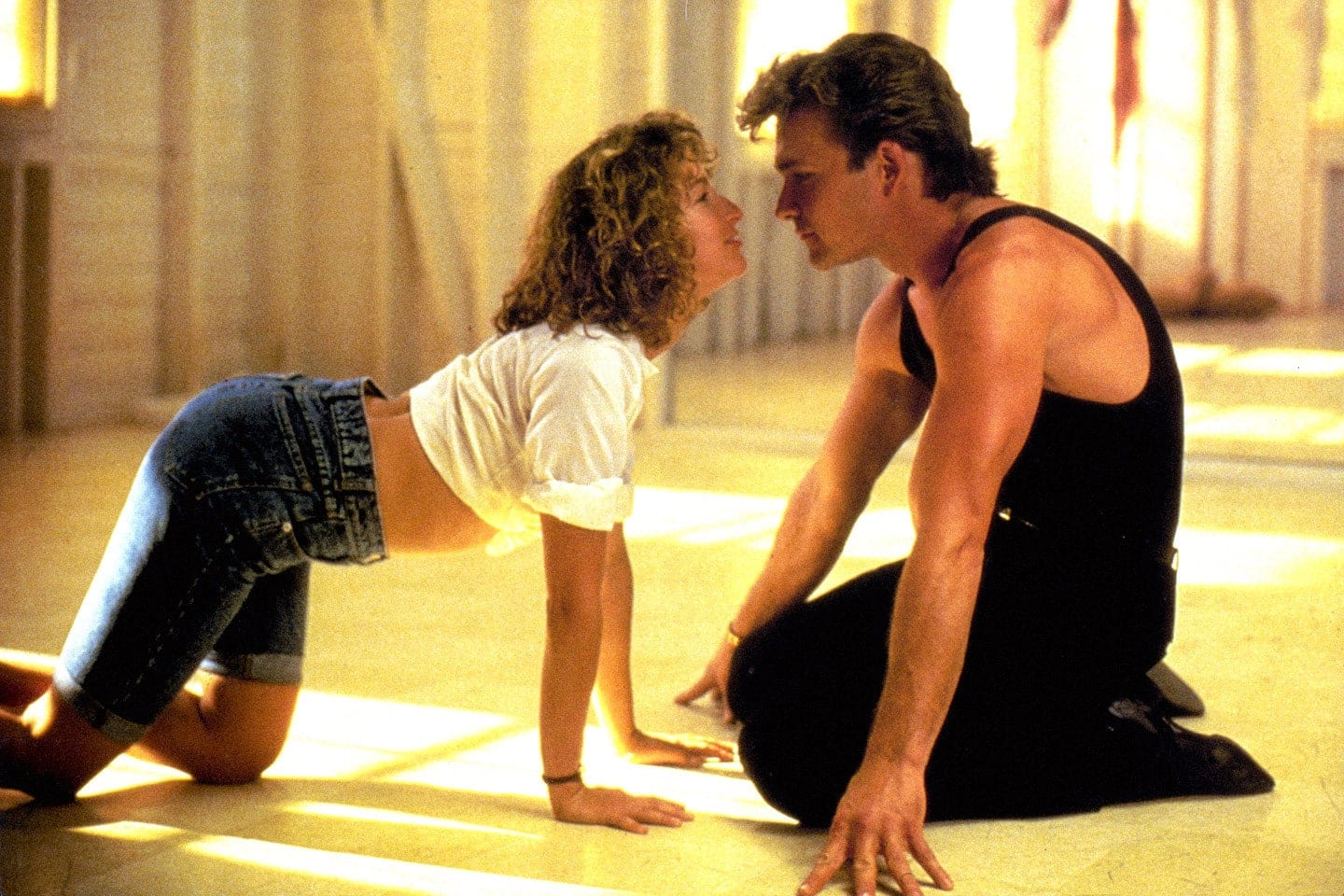Christina Newland’s essay collection She Found it at the Movies shines a light on a diverse set of voices to reclaim female desire, according to Film News Editor, Steph Green
Women and their desirous response to cinema have been shut out of film criticism since the profession began. With the field monopolized by the pale, male and stale, female frenzy for male stars from James Dean to Timothée Chalamet has been continuously met with withering disdain from the ‘serious’ voices in the profession. Moreover, women have had to perennially endure their onscreen selves rendered as femme fatales, psychopaths, weepy wives/mothers or the manic pixie dream girl. Meanwhile, male writers have been given free reign to slobber over female actresses: don’t even get me started on that 2016 Vanity Fair profile of Margot Robbie. But, sometimes in the most unexpected of places, women have always acknowledged and enjoyed desire for what they’re watching on screen. Whether that’s Patrick Swayze’s rippling muscles, Julie Andrews’ impish babysitter vibe in The Sound of Music, or the soft roll of flesh peeping over Marilyn Monroe’s corset. She Found it at the Movies, a new anthology of essays compiled and edited by Christina Newland, is here to set the record straight on what gets women hot during a day at the pictures.
In “Saint Rizzo”, Sarah Elizabeth Adler fondly recalls how the Pink Ladies and T-Birds in Grease helped her to recognize and explore butch/femme lesbian identity. But for Anne Rodeman, writing in “The Sound of Music is the Hottest Film I’ve Ever Seen”, it was the relationship between young Liesl and her governess Maria that lit her loins. Ostensibly the relationship to root for in the film was the one unfolding between Julie Andrews and Christopher Plummer, and yet, Rodeman couldn’t believe she was the only one noticing that “these children are all crushing on their governess and angling to find a way into her bed.”
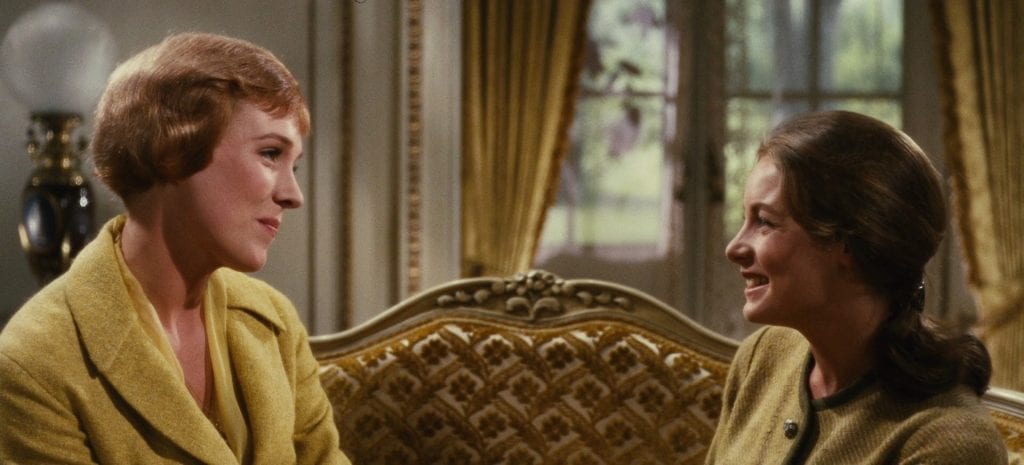
Where, as above, some writers explore how they found queer liberation in unlikely places, others, like Caroline Golum in “Murderous Fops and Horny Teens,” found themselves inexplicably drawn to the onscreen badboy. Particularly Alex DeLarge in A Clockwork Orange: “What could I do but look, unflinchingly, at this preening sadist in shiny black boots and a bulging codpiece?” I too have experienced this dilemma: the character of DeLarge is an abhorrent rapist, murderer and blatant psychopath — but my god, aren’t Malcolm McDowell’s wry smile and angelic baby blues enough to make your heart flutter?
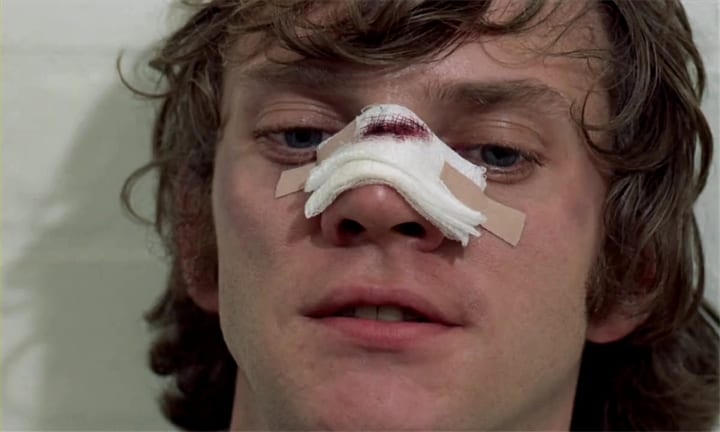
One of my favourite essays in the anthology was Eloise Ross’ “What Does it Mean to Desire an Onscreen Abuser?”, in which she talks about the magnetism of Oliver Reed’s Bill Sykes in Oliver!: the inner turmoil and shame, “as a woman and a feminist, to realise that I may have discarded my own urge for emancipation because I was essentially seduced by a thuggish arsehole.”
In “Death Cults and Matinee Idols,” Pamela Hutchinson interrogates the disdain towards teenage girls mourning the deaths of young idols such as James Dean, River Phoenix and Heath Ledger. “I wonder why male journalists felt the need to belittle this grief,” she writes, “Film criticism, just like film-making, is a male-dominated industry. What this public mourning represents is a rare instance of female fans’ voices rising to the surface of film discourse. There’s something quietly radical about that.” Similarly, in “Beautiful Boy” Catherine Bray discusses one of my favourite topics — Timothée Chalamet — in the context of how his “vulnerable, lily-white beauty” follows a tradition of young teen idols (DiCaprio, Pattinson, Pitt, Depp) and their akinness to works of renaissance art, Byronic things of beauty. How we feel some sort of affinity to their softness, their effeminate touches; how their real-life young vulnerability juxtaposes with the frequent violence and trauma of their onscreen roles.
A particularly fascinating essay came from from Willow Maclay in “Dry”, in which she explains her difficulties in finding her own desires represented on screen as someone who was born intersex. For Maclay, the closest she could identify her own corporeality to something she had seen on screen was through “synthetic bodies, robotics and science fiction.” The pinnacle for her is Jonathan Glazer’s Under the Skin, in which an alien (Scarlett Johansson) adopts a womanly form to lure men to their deaths for an unknown purpose, and in one heartbreaking scene, is unable to make love due to the practical limits of her body. But the real “light at the end of the tunnel” for Maclay was the symbolic wetness in the lesbian romance depicted in Bound, in which two then-closeted transgender filmmakers, Lily and Lana Wachowski, were able to so explicitly and effectively depict desire.
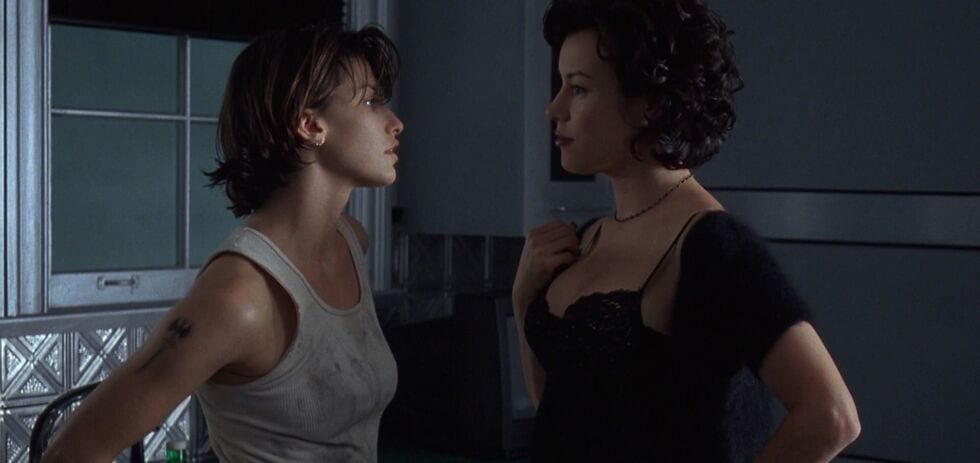
In “Trap Doors and Other Means of Escape”, Amy Blakemore explores how cinema helped establish her cognisance of her own kink; how she liked to be both submissive yet also watched, unlike the one-way fetishisation she witnessed in Alfred Hitchcock’s Rear Window. But it’s the erotic payoff of dancing men in cinematic history, from Gene Kelly to Patrick Swayze to Channing Tatum, which ignites the premise of “Dance Boy Dance” by Anna Bogutskaya. When men dance in film — with the peak of precision, but with an air of effortlessness — it’s for the benefit of our gaze. Bogutskaya references Dirty Dancing: “the famous conclusion of the film, where Johnny and Baby triumphantly do the routine they’ve been practising, is basically a public consummation of their relationship. The two of them are fucking as people cheer them on.”
Just a week before writing this, I was blown away by Jane Campion’s utterly underappreciated erotic thriller In The Cut. In “Meg Ryan’s Naked Ambitions”, Simran Hans praises the film and appraises the oft-castigated genre of the erotic thriller in general, unfairly categorized as schlocky 80’s trash. She explores the tropes and tenets I love about erotic thrillers that you don’t find in rom-coms: an unashamed, explicit, sometimes imperfect depiction of female desire. She articulates how in In The Cut, Campion shoots the sex scenes in a way that breathe heady life into the frame, blurring and warming the edges and colours, opting for unusual angles and cuts. Tracking the thrilling trajectory of Meg Ryan as a beautiful but sexless protagonist in Nora Ephron rom-coms (When Harry Met Sally, Sleepless in Seattle, You’ve Got Mail) to a naked, horny woman in her forties in In The Cut, Hans shares my own disappointment that this brilliant, liberating performance was the one to essentially cripple her career.
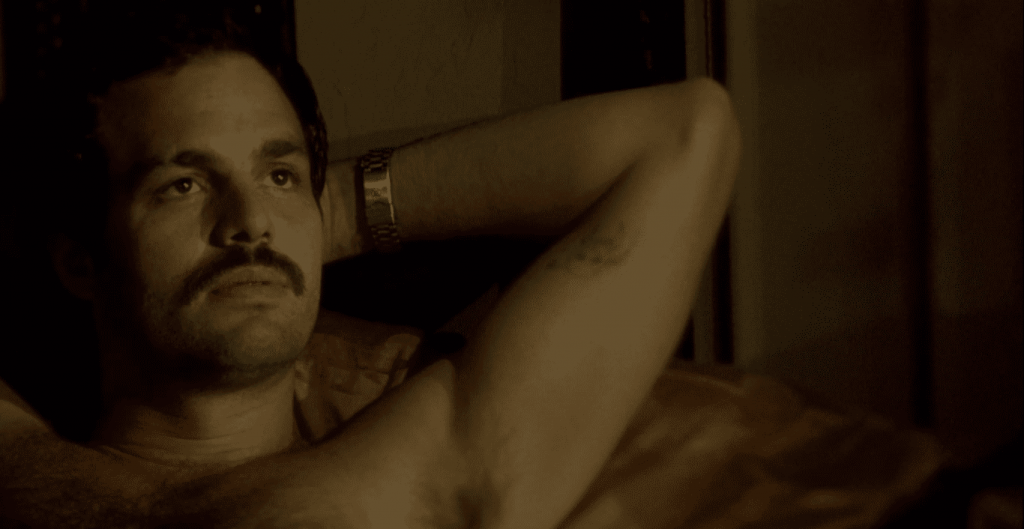
In her introduction to She Found it at the Movies, Newland lays out precisely why female thirst in cinema can be so all-encompassing, so potent. “Loving movie stars means loving to look without having to be looked at,” she explains. “Voyeurism is the cornerstone of moviegoing. In the real world, being a woman always means being looked at, even when you don’t especially want to be.” No book would be long enough to cover all the ways women experience desire, but Newland certainly does a comprehensive job in raising up a variety of voices to the challenge. By gathering a diverse pool of opinion and sexual orientation, the fact that only the surface gets scratched on the topic (there are even more essays in this anthology I haven’t had space to mention) proves how paramount a subject this is.
She Found it at the Movies: Women Writers on Sex, Desire and Cinema, ed. Christina Newland. £12.99, published by Red Press
Words by Steph Green
This article was originally published as part of The Indiependent’s May 2020 charity magazine, which raised money for the British Lung Foundation. Find out more here.
